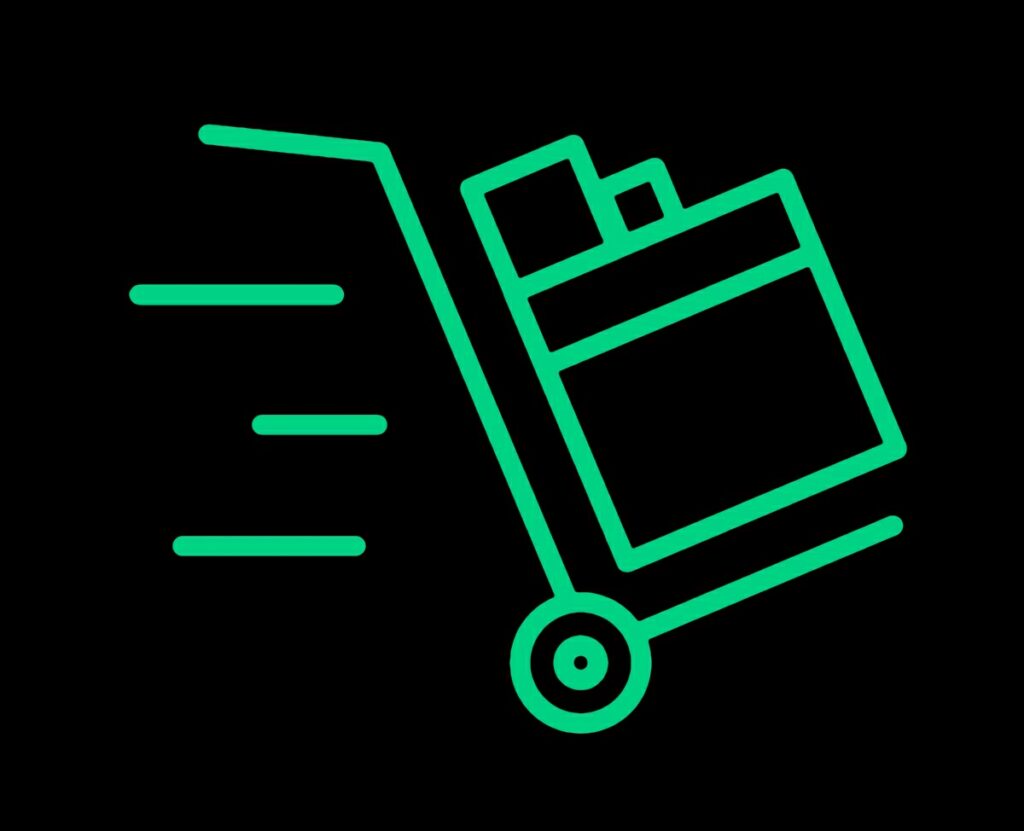Software development is an iterative process that requires ongoing release cycles for the creation of production-ready capabilities. When code changes are made, they need to be tested, assessed, and then merged with the production’s release. However, this is a complicated process that can lead to errors, delaying the time to deployment.
More software engineers use continuous delivery to automate this process, resulting in more reliable results that are also less prone to complications. Continuous delivery has fundamentally altered the way engineers built software, causing it to be an important part of any modern development environment.
What is continuous delivery?
Continuous delivery refers to the ongoing development cycle of a software distribution or application ecosystem that brings some value to a business. Continuous delivery operates on a shorter time frame, making it easier for developers to produce high-quality code more frequently.
The automated release of changes, from testing to staging and finally production, allows teams to fine-tune their engineering practices and improve the pace of development. As such, continuous delivery is a powerful tool that can dramatically transform your production environment.
There are many important aspects of continuous delivery that software developers should be aware of when scheduling their software’s lifecycle.
Automated deployment
In software engineering, testing and releasing changes and updates can result in stability issues.
Automated delivery of code changes made to production or staging environments makes mistakes less likely, giving teams greater control over the development process and streamlining the implementation of bug fixes, updates, and other important changes.
By taking advantage of existing automation techniques, continuous delivery allows teams to ensure their products ship on time and bug-free. The automated staging, testing, and deployment of code free up teams to focus their efforts on more important issues.
Shared integrations
Continuous delivery often pairs with continuous integration, the process of merging individual development branches into one mainline branch to maintain quality control. Together, continuous integration and continuous delivery are commonly known as CI/CD. (And on that note, check out this list of nine of the most common CI/CD tools we see used by the Sofy community.)
Continuous integration usually results in better validation practices, ensuring development teams can put their changes into production without having to wait for the completion of manual tests. To make their code easier to test, developers usually divide their logic into smaller pieces, or units. In doing so, they ensure that these units can be individually evaluated and fixed where necessary. Using continuous integrations as a means of making sure everybody on the team has access to the same code improves the process of unit testing.
Structured pipelines
In software development, inputs and outputs must be chained together in a specific order of execution. If changes need to be made, they can result in delays to the product lifecycle. Continuous delivery uses automation to build unified workflows capable of ensuring timely releases.
Structured production cycles allow software developers to look at added features and bug fixes before putting their changes into production. This makes them a huge asset to developers who want to produce reliable software.

What are the advantages of continuous delivery?
Automatically deploying code changes to a testing or production environment offers engineers greater control over the entire process. When one automates the delivery of commits, decision-makers can ensure the proper steps are followed every time.
There are a number of benefits to this approach. When done right, continuous delivery makes the software lifecycle less restrictive and more flexible for teams. Software is easier to manage with a reliable testing process in place. By building continuous delivery into their product pipelines, businesses can more effectively implement their software strategies.
Efficiency
The ability to make sure code has been thoroughly tested before putting it into the production environment makes it easier to ensure there are no issues, thereby reducing errors and eliminating overhead from the development process.
With automated services in place, teams can use continuous delivery to build and test their code without having to manually perform menial tasks. It’s a more sustainable and scalable approach, given that it relies on collaboration between software developers and IT staff across the organization. The result is a more efficient development environment.
Repeatability
Repeatability is an important concept in software development. Having a series of actions that can be easily duplicated is essential for creating reusable components that can be managed by engineers. This allows engineers to maintain code without fear of any unexpected behaviors breaking their services.
Through continuous delivery, developers create a specific set of steps that then carry out automatically each the team makes changes to their software, allowing them to fine-tune their process and use it over and over without any changes. This results in a more reliable code base.
High quality
When human beings perform repetitive tasks, they’re more and more likely to make mistakes. Automated services can reliably perform many of these tasks, freeing up developers to use their energy and creativity to solve problems and improve their software.
Today more than ever, software development teams must relentlessly pursue high code quality to ensure the best possible software. This means that they must make incremental improvements over time. And chances are that if they don’t, a competitor will.
Contemporary software development teams can easily automate proper quality assurance practices. This allows developers to target problematic areas and create solutions before bad actors can exploit them. The result is ultimately a stable, secure app that users can rely on to perform their daily tasks. This leads to higher rates of positive feedback and higher rates of customer retention.
Transparency
Poor communication between development teams can result in poor code quality, in turn resulting in software that doesn’t function properly. By automating the release of new code, everybody within the production cycle has a chance to provide some input. Teams are then able to collaborate more effectively.
With continuous delivery, it’s easy to make sure everybody’s on the same page. When software development teams can meet their goals on time, the result is an opportunity for team review and risk reduction. This empowers teams to better work toward a common goal and spark real innovation.
Fast speeds
The software development cycle consists of several steps, often making it difficult for teams to quickly deliver high-quality products. By creating reliable release cycles through automation and by removing redundant work from the process, teams can focus their efforts and complete each step with less wasted time, resulting in a swifter turn-around time.
Continuous delivery allows teams to respond immediately to market changes and customer requests. As the standards for software quality continue to evolve, continuous delivery gives QA teams a means of keeping up with demand. By adopting continuous delivery within their product lifecycle, teams can make sure changes merge without delay, creating a better experience for users.
The growing popularity of continuous delivery
For most DevOps professionals and decision-makers in tech companies, continuous delivery and continuous integration are common practices that have become foundational for their success.
Continuous delivery produces a transformative impact on software development, making iterations faster with more frequent turn-around times. With this in mind, it’s no wonder continuous delivery has become so popular.
Whether it’s the addition of new features, changes in how the software is configured, or scheduled bug fixes and maintenance, continuous delivery makes putting code into production a breeze.
With the right partner, both continuous delivery and continuous integration automate well in a no-code environment, further simplifying development cycles.
Sofy knows continuous delivery
Is your production environment in need of changes? Code validation can be a hassle. Whether you’re updating frameworks or developing new scripts, unexpected challenges can slow down your production pipeline. Luckily, Sofy is here to change all of that.
Sofy is a revolutionary no-code automated mobile app testing platform based in Seattle, Washington. Our platform enables end-to-end testing in a no-code environment, making it easier for you to release tested applications at scale. Give Sofy a try today and see the benefits for yourself!
Disclaimer: The views and opinions expressed above are those of the contributor and do not necessarily represent or reflect the official beliefs or positions of Sofy.









